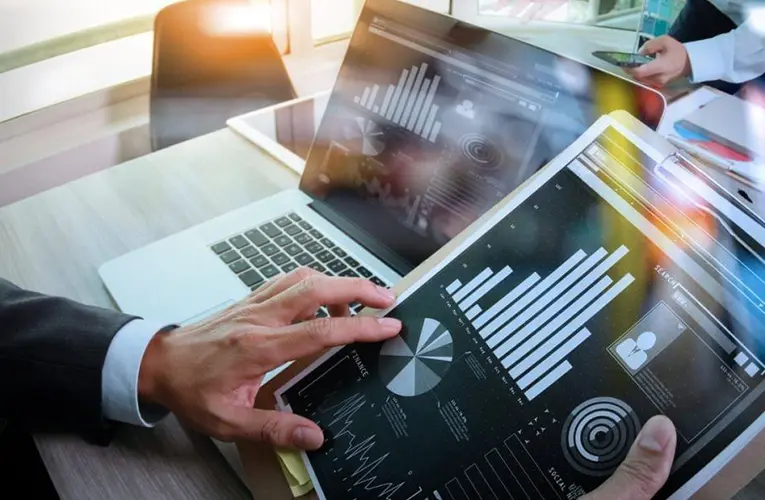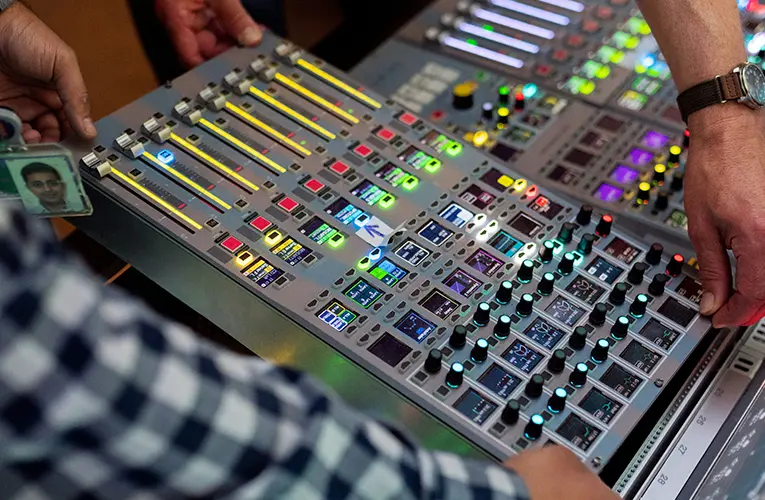“Understanding Modern Tech: A Guide to Navigating New Devices, Software, and Technological Advancements”
### Understanding Modern Tech: A Guide to Navigating New Devices, Software, and Technological Advancements
As technology rapidly evolves, it’s essential to stay informed about new devices, software, and advancements that can impact your daily life and work. This guide provides a comprehensive overview of the latest technological innovations, helping you understand and navigate the modern tech landscape.
—
### 1. Emerging Technologies
#### 1.1 Artificial Intelligence (AI)
– **Definition:** AI refers to computer systems designed to perform tasks that typically require human intelligence, such as visual perception, speech recognition, and decision-making.
– **Applications:** AI is used in various fields, including healthcare (diagnostic tools), finance (fraud detection), and customer service (chatbots).
– **Trends:** Look for advancements in machine learning, natural language processing, and AI-driven automation.
#### 1.2 Internet of Things (IoT)
– **Definition:** IoT connects everyday objects to the internet, allowing them to collect and exchange data.
– **Applications:** Smart home devices (thermostats, lighting), wearable health trackers, and connected appliances are all examples of IoT in action.
– **Trends:** Emerging trends include more integrated smart home ecosystems and advanced industrial IoT applications.
#### 1.3 Augmented Reality (AR) and Virtual Reality (VR)
– **Definition:** AR overlays digital information onto the real world, while VR creates immersive digital environments.
– **Applications:** AR is used in navigation apps and gaming, while VR is applied in gaming, training simulations, and virtual meetings.
– **Trends:** Development of more realistic AR/VR experiences and wider adoption in education and remote work.
—
### 2. Modern Devices
#### 2.1 Smartphones and Tablets
– **Key Features:** Modern smartphones and tablets come with advanced processors, high-resolution screens, and multiple cameras.
– **Trends:** Innovations include foldable screens, improved battery life, and AI-enhanced camera functionalities.
#### 2.2 Wearable Technology
– **Types:** Includes smartwatches, fitness trackers, and smart glasses.
– **Features:** Health monitoring (heart rate, sleep patterns), notifications, and integration with other smart devices.
– **Trends:** Growth in health-focused wearables and more seamless integration with other tech ecosystems.
#### 2.3 Laptops and Desktops
– **Key Features:** Modern computers offer powerful processors, high-speed storage, and enhanced graphics capabilities.
– **Trends:** Rise of ultrathin laptops, increased use of solid-state drives (SSDs), and advances in remote desktop technology.
—
### 3. Software Innovations
#### 3.1 Operating Systems
– **Updates:** Regular updates to operating systems (Windows, macOS, Android, iOS) bring new features, security patches, and performance improvements.
– **Trends:** Focus on enhanced security, user interface improvements, and better integration with cloud services.
#### 3.2 Productivity Software
– **Types:** Includes office suites (Microsoft Office, Google Workspace), project management tools (Asana, Trello), and collaboration platforms (Slack, Microsoft Teams).
– **Trends:** Integration of AI for task automation, increased focus on remote collaboration features, and real-time data analytics.
#### 3.3 Security Software
– **Types:** Antivirus programs, firewall solutions, and password managers.
– **Trends:** Emphasis on multi-factor authentication, AI-driven threat detection, and enhanced privacy protections.
—
### 4. Technological Advancements
#### 4.1 Cloud Computing
– **Definition:** Cloud computing provides on-demand access to computing resources and storage over the internet.
– **Applications:** Used for data storage, software as a service (SaaS), and scalable computing power.
– **Trends:** Expansion of cloud services, increased use of hybrid cloud solutions, and advancements in cloud security.
#### 4.2 5G Technology
– **Definition:** 5G is the fifth generation of mobile network technology, offering faster speeds and lower latency than previous generations.
– **Applications:** Improved mobile internet, enhanced IoT connectivity, and support for advanced applications like augmented reality.
– **Trends:** Increased rollout of 5G infrastructure, development of 5G-compatible devices, and expansion of 5G applications.
#### 4.3 Blockchain Technology
– **Definition:** Blockchain is a decentralized ledger technology that records transactions across multiple computers.
– **Applications:** Used in cryptocurrencies, supply chain management, and digital identity verification.
– **Trends:** Growth in blockchain applications beyond cryptocurrencies, including smart contracts and decentralized finance (DeFi).
—
### 5. Navigating New Tech
#### 5.1 Research and Reviews
– **How to Stay Informed:** Read tech reviews, follow industry news, and explore user reviews to stay updated on the latest devices and software.
– **Resources:** Websites like CNET, TechCrunch, and The Verge provide comprehensive tech news and reviews.
#### 5.2 Hands-On Experience
– **Trial and Error:** Experiment with new devices and software to understand their features and usability.
– **Demo Units:** Visit tech stores to try out devices before purchasing and get advice from sales representatives.
#### 5.3 Tech Support and Learning
– **Support:** Utilize manufacturer support resources, online forums, and customer service for troubleshooting and technical assistance.
– **Learning:** Take online courses, attend webinars, and participate in tech communities to expand your knowledge and skills.
—
### 6. Future Directions
#### 6.1 Quantum Computing
– **Definition:** Quantum computing uses quantum-mechanical phenomena to perform computations far beyond the capabilities of classical computers.
– **Potential:** Could revolutionize fields like cryptography, material science, and complex problem-solving.
#### 6.2 Biotechnology Integration
– **Definition:** Combining technology with biological systems for advancements in healthcare, agriculture, and environmental sustainability.
– **Potential:** Development of personalized medicine, advanced diagnostics, and bio-engineered solutions.
—
### 7. Conclusion
Understanding modern tech involves staying abreast of emerging technologies, navigating new devices and software, and adapting to technological advancements. By exploring these innovations and practical applications, you can enhance your daily life, boost productivity, and stay informed about the future of technology.
—
This guide offers a comprehensive look at modern tech, helping you navigate the latest advancements and integrate new technologies into your everyday life.










